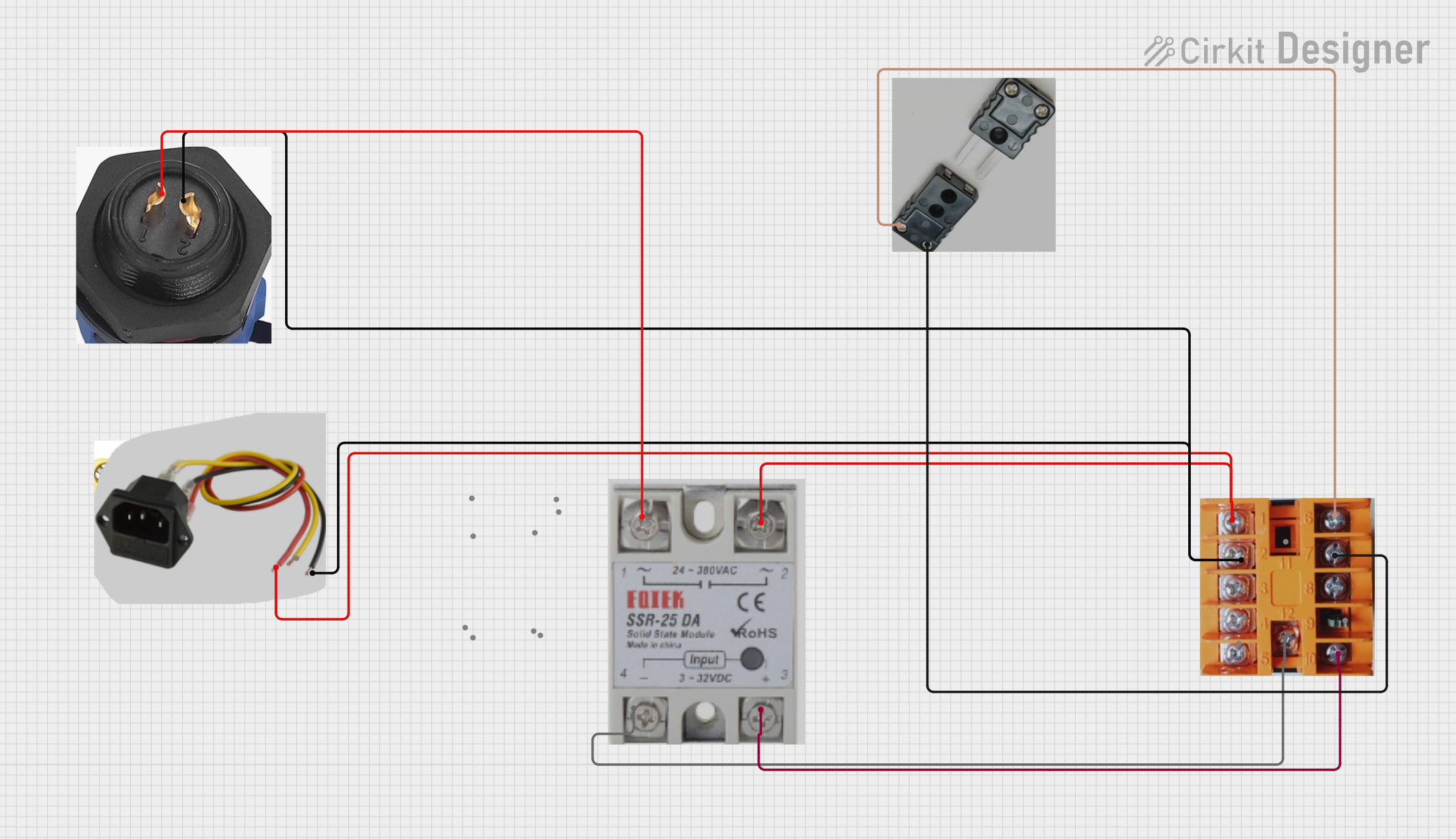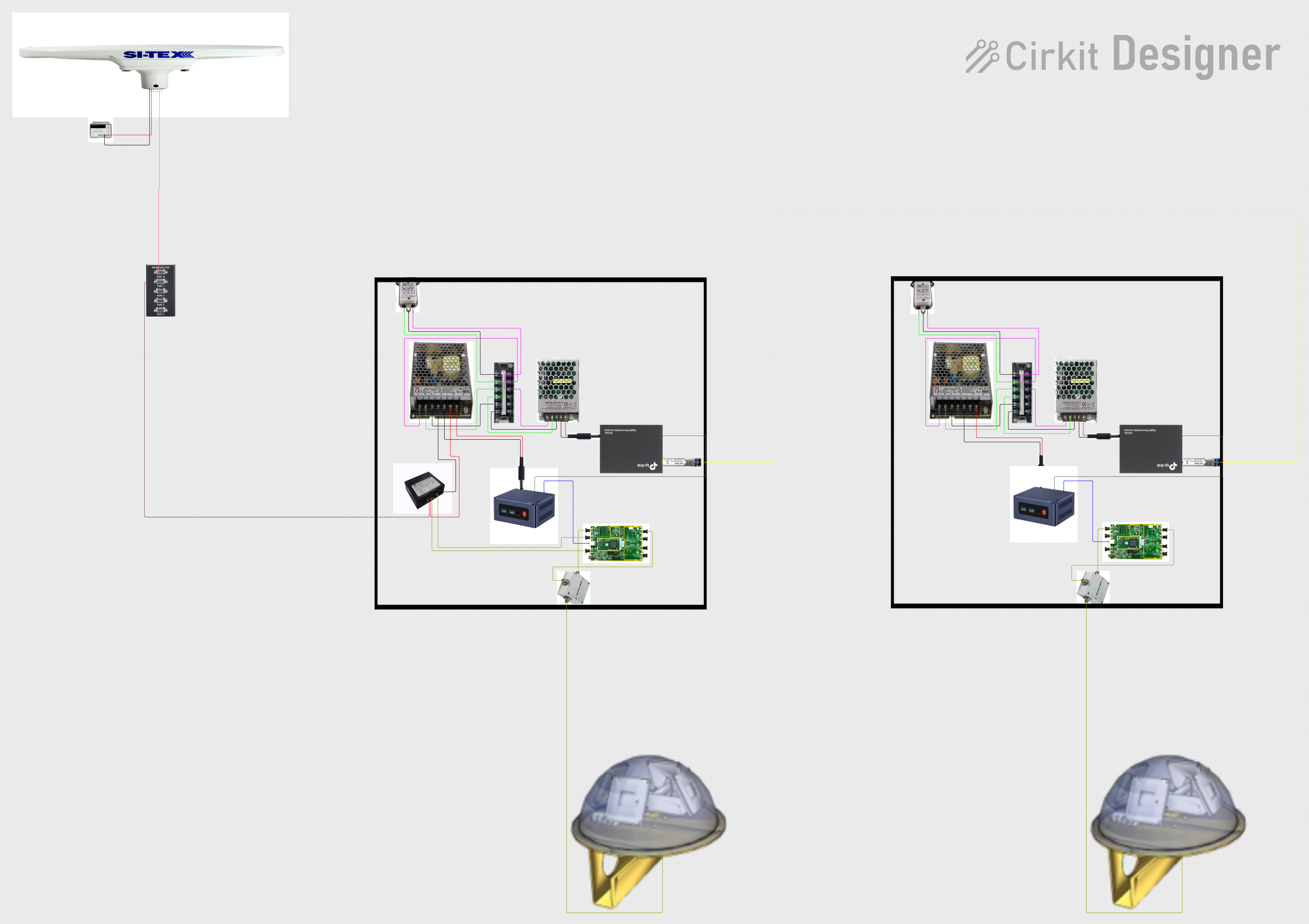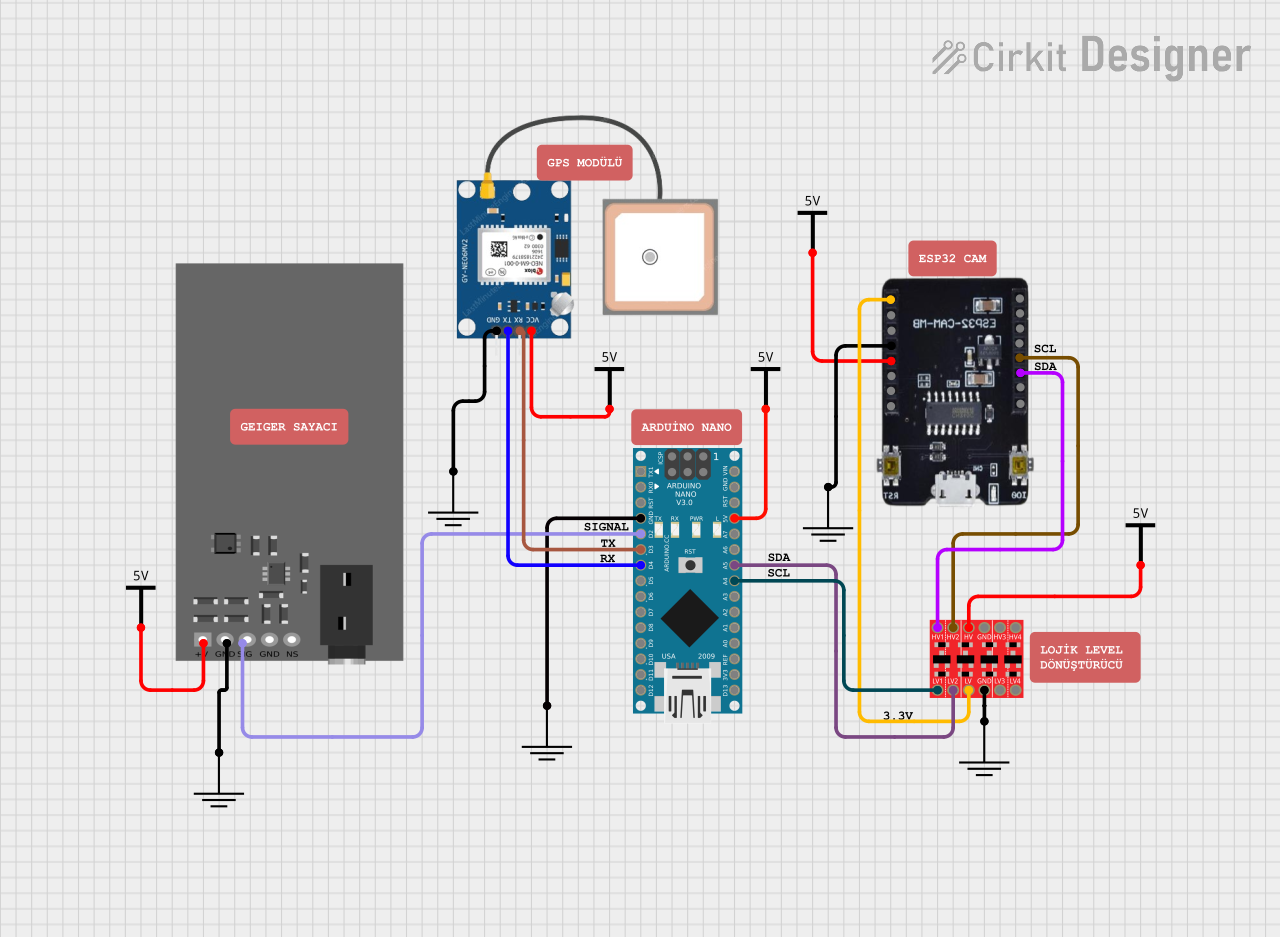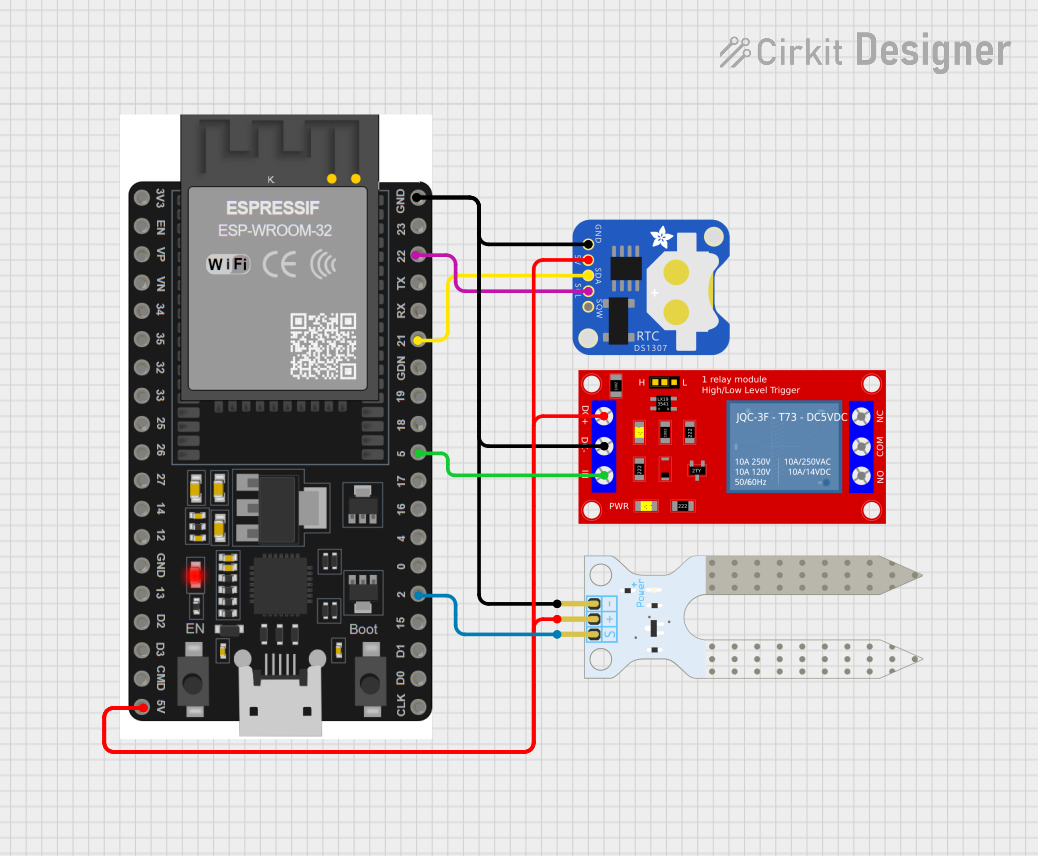
How to Use REF-14C: Examples, Pinouts, and Specs

 Design with REF-14C in Cirkit Designer
Design with REF-14C in Cirkit DesignerIntroduction
The REF-14C is a radial leaded resistor manufactured by RUET Electra Force. This passive electronic component is designed to offer resistance of 14Ω with a power rating of 1/4 watt and a tolerance of ±5%. Radial leaded resistors like the REF-14C are commonly used in various electronic circuits to limit current, divide voltages, and provide biasing for active elements.
Explore Projects Built with REF-14C

 Open Project in Cirkit Designer
Open Project in Cirkit Designer
 Open Project in Cirkit Designer
Open Project in Cirkit Designer
 Open Project in Cirkit Designer
Open Project in Cirkit Designer
 Open Project in Cirkit Designer
Open Project in Cirkit DesignerExplore Projects Built with REF-14C

 Open Project in Cirkit Designer
Open Project in Cirkit Designer
 Open Project in Cirkit Designer
Open Project in Cirkit Designer
 Open Project in Cirkit Designer
Open Project in Cirkit Designer
 Open Project in Cirkit Designer
Open Project in Cirkit DesignerCommon Applications and Use Cases
- Voltage regulation in power supplies
- Current limiting for LEDs and other sensitive components
- Pull-up or pull-down resistors in digital circuits
- Impedance matching in audio and RF circuits
- Analog circuit filtering and timing with capacitors
Technical Specifications
Key Technical Details
- Resistance: 14Ω
- Tolerance: ±5%
- Power Rating: 1/4 watt (0.25W)
- Temperature Coefficient: Typically around ±200 ppm/°C
- Operating Temperature Range: -55°C to 155°C
Pin Configuration and Descriptions
| Pin | Description |
|---|---|
| 1 | Lead connected to one end of the resistive material |
| 2 | Lead connected to the other end of the resistive material |
Usage Instructions
How to Use the Component in a Circuit
- Identify the Leads: Locate the two leads of the REF-14C resistor.
- Orientation: The REF-14C resistor is non-polarized, meaning it can be connected in any direction.
- Soldering: Solder the leads into the designated places on the PCB or use a breadboard for prototyping.
- Current Calculation: Ensure the current through the resistor does not exceed the power rating using the formula
I = sqrt(P/R)whereIis the current,Pis the power rating, andRis the resistance.
Important Considerations and Best Practices
- Power Dissipation: Do not exceed the 1/4 watt power rating to prevent damage.
- Tolerance: Account for the ±5% tolerance when designing circuits that require precise resistance values.
- Thermal Management: Provide adequate spacing around the resistor to allow for heat dissipation.
- Soldering: Avoid prolonged heat exposure during soldering to prevent damage to the resistor.
Troubleshooting and FAQs
Common Issues
- Excessive Heat: If the resistor is too hot, check if the power rating has been exceeded.
- Open Circuit: A lack of continuity could indicate a damaged resistor.
- Unexpected Resistance Value: Ensure the resistor is not within the tolerance range or affected by nearby components.
Solutions and Tips for Troubleshooting
- Power Exceedance: Recalculate the current and voltage to ensure they are within the specified limits.
- Continuity Check: Use a multimeter to check for continuity. Replace the resistor if it's damaged.
- Resistance Measurement: Measure the resistance with a multimeter to confirm it's within the expected range considering the tolerance.
FAQs
Q: Can I use the REF-14C in a high-frequency circuit? A: Yes, but be aware that parasitic inductance and capacitance may affect performance at very high frequencies.
Q: What happens if I exceed the power rating? A: Exceeding the power rating can lead to resistor failure, potentially damaging the circuit.
Q: Is the REF-14C suitable for automotive applications? A: It depends on the specific conditions. The operating temperature range should be considered, and the component should meet any additional automotive standards.
Example Arduino UNO Connection
// Connect one lead of the REF-14C to Arduino pin 13 and the other lead to GND.
void setup() {
pinMode(13, OUTPUT); // Set pin 13 as an output
}
void loop() {
digitalWrite(13, HIGH); // Apply voltage across the resistor
delay(1000); // Wait for 1 second
digitalWrite(13, LOW); // Remove the voltage
delay(1000); // Wait for 1 second
}
Note: The above example assumes that the current through the REF-14C does not exceed its power rating when connected to the Arduino pin. Always calculate the expected current and confirm it is within safe limits.